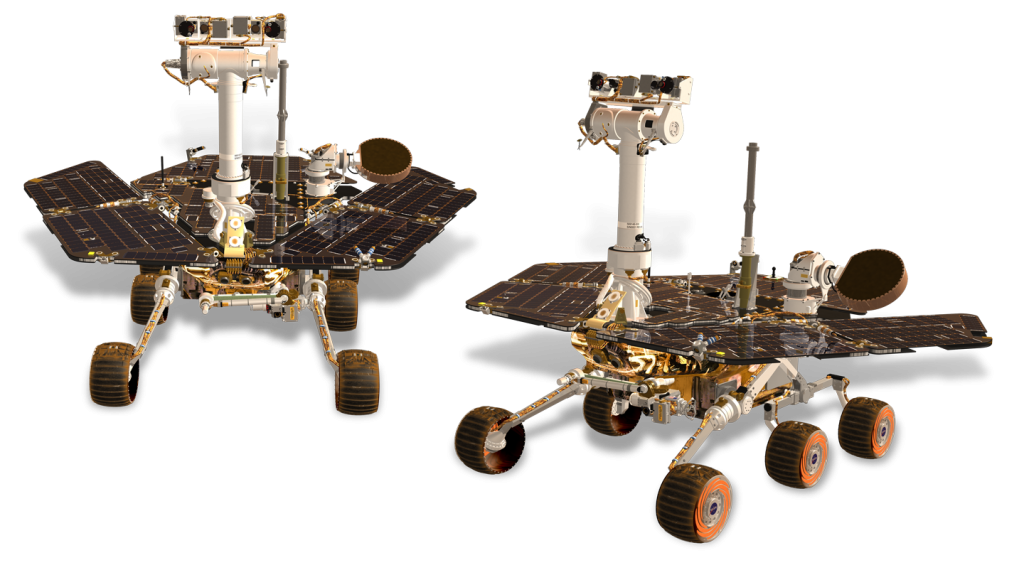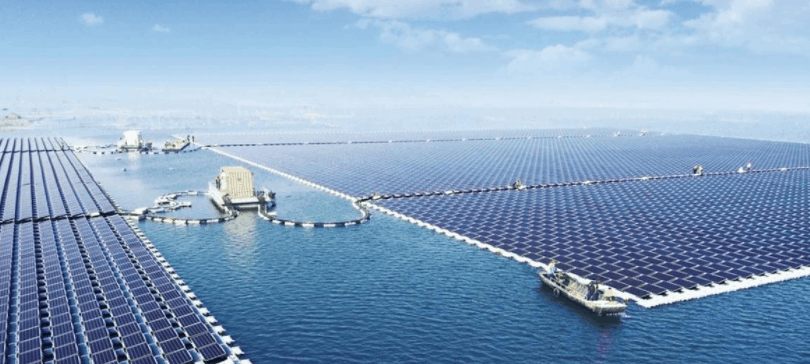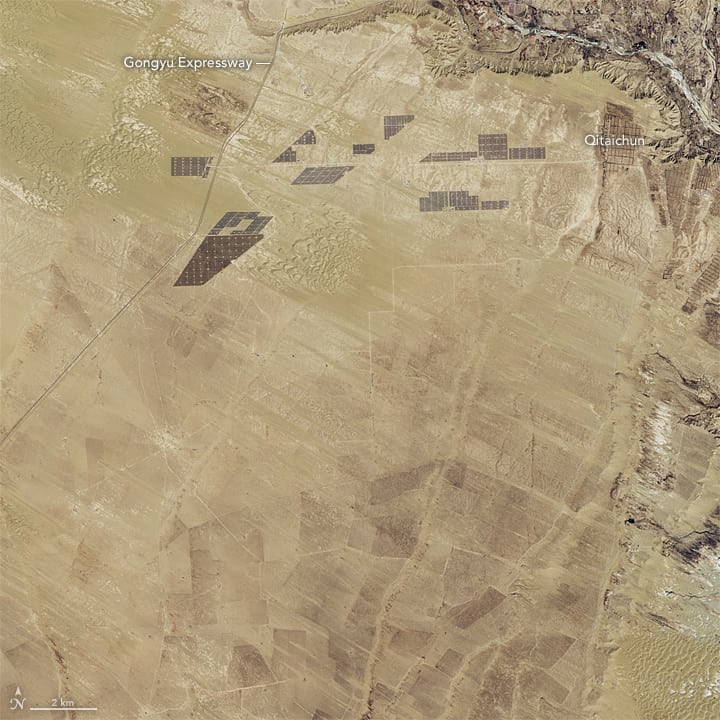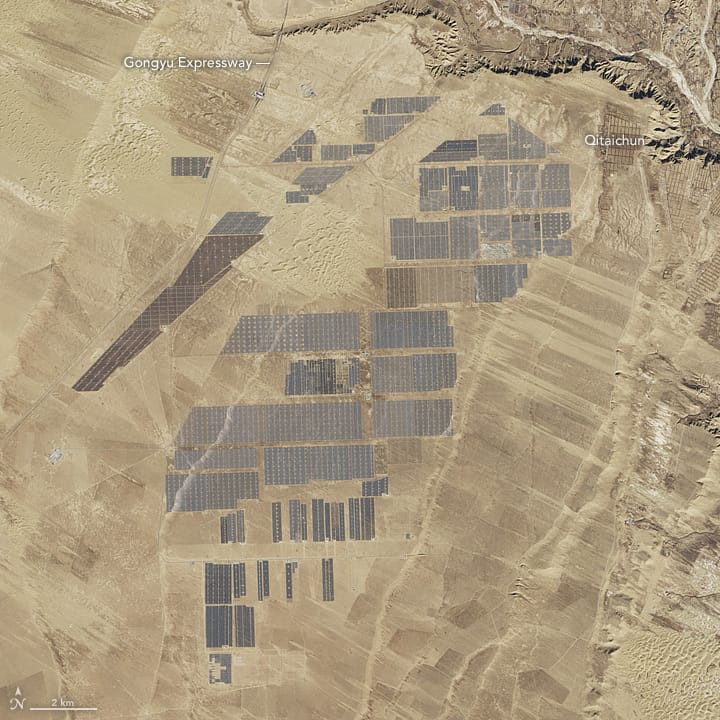Looks like we’re starting to reach critical mass with solar energy – an interesting story out of Datong today – where a panda solar farm has been created. The panda shaped farm is a bit of a PR effort for China, who continue to lead the world in investment in renewable energy, having added almost 50% of the global solar capacity in 2018. Let’s take a look!
Panda Solar Farm in Datong, China.
The 250 acre solar farm, which is shaped like a panda, has completed phase one recently. Renewable company Panda Green Energy added 50MW (half of their eventual goal of 100MW) to the grid in Datong.
According to an article in Forbes, the farm was proposed in May 2016 by the largest shareholder of Panda Green Energy, China Merchants New Energy. The farm was approved with the goal of building support for the renewable energy amongst Chinese youth. It will also replace burning 1 million tons of coal over the next 25 years.
Panda Solar Farm in China (source: Forbes.com via CHINA MERCHANTS NEW ENERGY/PANDA GREEN ENERGY)In order to create the ‘dark’ and ‘light’ solar panels to create the panda, darker mono-crystalline silicon and lighter thin film cells were used. When placed in an array they become the panda you see above!
Are you, for some inexplicable reason, crazy about Panda shaped solar farms? Well, you’re in luck. There are 100 more coming across Asia in the next few years. Fiji have already announced one underway. We’ll keep you updated as soon as any others are finished!
With China working so hard to offer renewable energy to its populace, we hope to see other countries step up and investing big time in large scale renewable energy production.
Some other Chinese solar announcements we’ve covered:
- Floating Solar Energy Farm in China
- Solar in Space – China’s Plans Revealed.
- Solar Highways in China
- Solar Roads in China almost ready for testing







